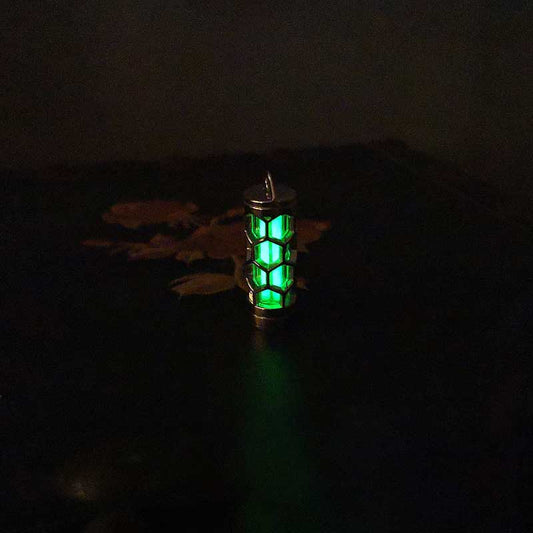Ruby More Than Just a Gem
Ruby More Than Just a Gem
When my grandmother passed down her vintage ruby ring, she mentioned two things: how it matched the color of love and the story behind it. The ring was a gift from my grandfather on their tenth anniversary. I've always thought of rubies as just another pretty gemstone, but this heirloom sparked my curiosity about their deeper resonance, particularly in Western culture.
Rubies are often hailed as the "king of gemstones," a title fitting for their rich, red hue and historical significance in many cultures. In Western societies, rubies have long been associated with passion and protection. Their vibrant color not only captures the eye but also symbolizes robust life—perhaps it's their ability to turn heads that kept them in my grandmother's jewelry box instead of tucked away in a drawer.
The allure of rubies extends beyond their physical beauty. In the Middle Ages, they were considered a powerful talisman. European royalty believed that the stones could protect them from evil, aligning themselves with the fiery nature of the gem. It makes one wonder if this belief came from the same roots as the ancient Hindus, who thought rubies allowed them to live in peace with their enemies. I can't help but think about how universal the language of gemstones is, even when steeped in mythology and legend.
Rouge and fiery, rubies naturally evoke feelings of warmth and love. These characteristics are exactly what make them popular choices for gifts celebrating significant milestones, like anniversaries or July birthdays. Their durability, second only to diamonds, ensures that they don't just symbolize enduring love and passion but also physically withstand the test of time. The ring from my grandfather is a testament to that—it’s been polished and protected, living on much like their love.
The journey of a ruby from the earth to a piece of jewelry is a story in itself. The finest rubies are mined in Burma, where the soil yields the most vivid "pigeon's blood" red stones that almost seem to glow from within. It's fascinating how something so exquisite comes from the gritty, laborious work of mining, a process often inaccessible to the layperson and shrouded in mystery.
Although the romantic notions tied to rubies are compelling, what strikes me the most is how these stones continue to captivate generations. Whether it's through their appearances in British coronation crowns or simply as a cherished family heirloom, their relevance remains timeless. The same can't be said for many fleeting fashion trends that come and go. Rubies, with their fiery allure and storied past, persist.
Each time I wear my grandmother's ring, I'm reminded of the legacy these gems carry. They are more than stones; they are vessels of history, love, and protection. It's amazing how a small piece of jewelry can spark a conversation about history, culture, and family. The next time I see a ruby, I won't just admire its beauty—I'll think about the stories it could tell, perhaps making my own little addition to its history in the process.































